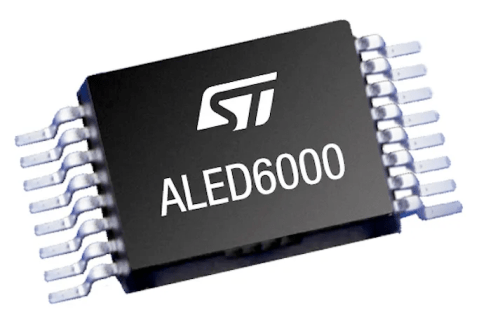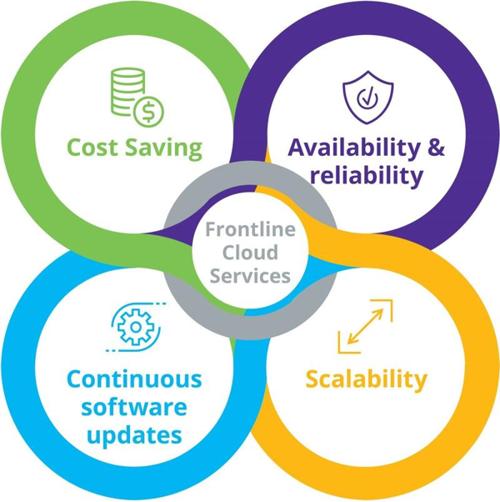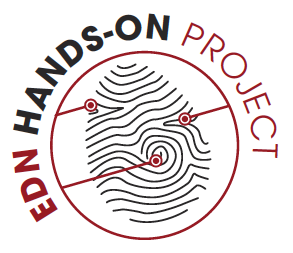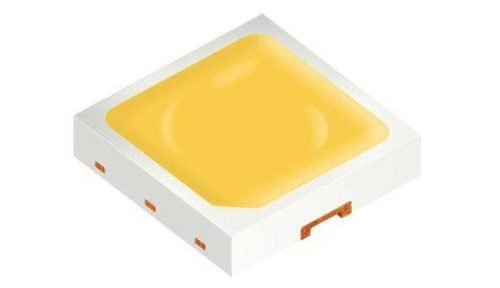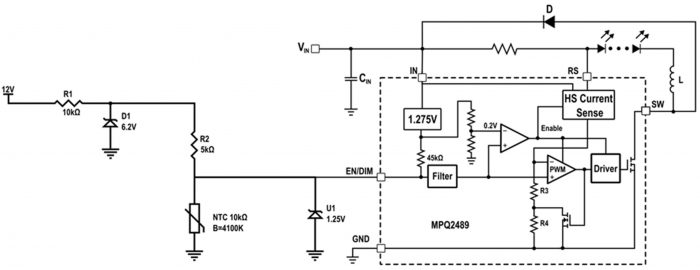
LightFair 2021 recap
- LEDS
- 2023-09-23 23:13:28
This year’s LightFair at the Javitz Convention Center in New York City was a subdued affair, much scaled down from previous trade shows, but none-the-less noteworthy in that it took place at all. A total of 219 companies exhibited products, a significant decrease from the last LightFair, held in pre-pandemic 2019, which featured 466 exhibitors. Attendance was also down significantly, from nearly 30,000 in previous years to about 10,000 this year. Covid protocols were firmly in place, with proof of vaccination and masks required to enter the convention center.
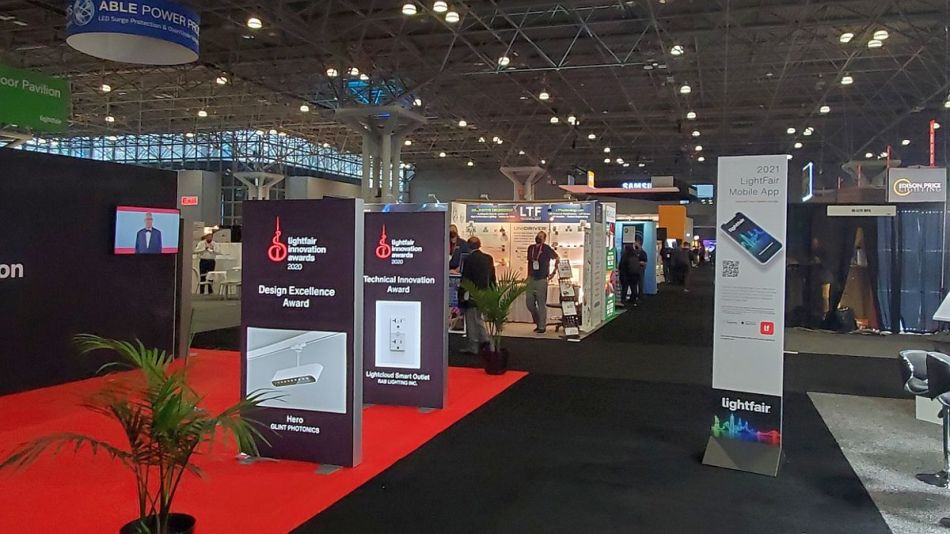
Lighting products on the trade show floor kept with the general trend towards commoditization in recent years. Luminaires took a back seat to other aspects of lighting systems, especially networked controls. In addition to Zigbee and Bluetooth, DALI-enabled products played a prominent role, with a number of DALI-based control systems and drivers on display.
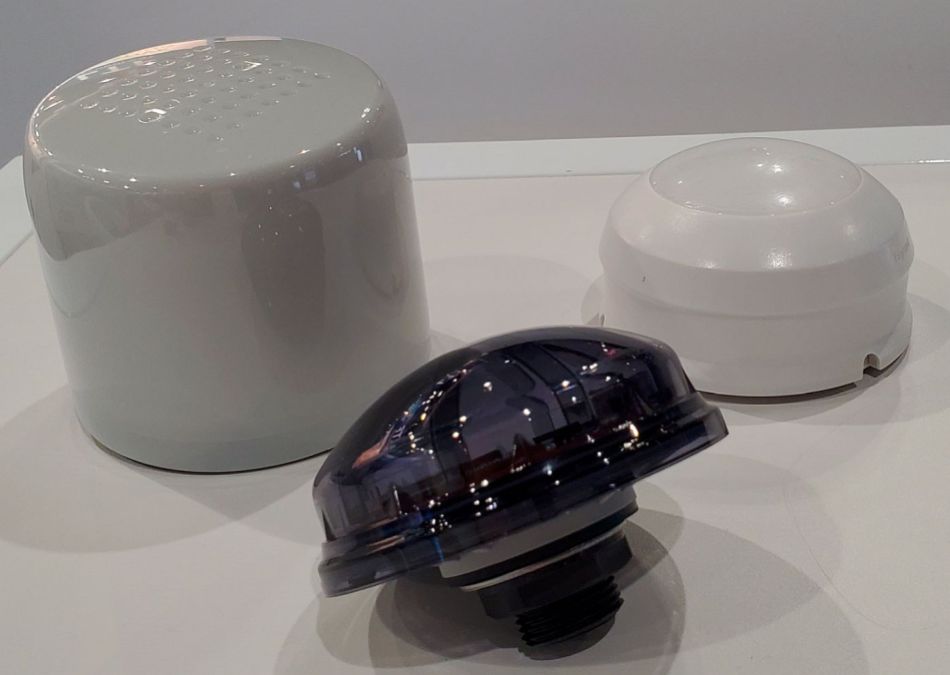



Examples of networked lighting control products at LightFair 2021 – from left to right: Zigbee controller from Signify, Zhaga-compliant DALI wireless controller from Synapse, DALI-enabled motion sensor from Legrand.
Zigbee and Bluetooth devices are ubiquitous in our daily lives, so most engineers have at least a passing familiarity with these protocols. DALI, or “Digital Addressable Lighting Interface,” is prevalent in Europe, but relatively new in the U.S.
The DALI protocol is administered by the Digital Illumination Interface Alliance (DiiA), an organization whose membership spans the globe. The DALI protocol was created as an improvement upon the 0-10V (or 1-10V) analog controls that were originally used for lighting systems. The protocol requirements were first published in 2009 as IEC 62386, with numerous updates and additions since.
Components of a DALI-based system include a controller, which issues commands to and receives information from peripheral devices, a bus power supply (which can be stand-alone or furnished by a DALI driver), one or more sensors or switches (input devices), and devices such as drivers, dimmers, or ballasts (control gear). The two-wire DALI bus provides both power to devices on the bus and communication signals to and from the controller. Devices are addressed via unique, controller-assigned addresses, allowing for flexibility in network topology.

Diagram of a simple DALI control system.
Although in-person attendance at this year’s LightFair was low, it is not indicative of the level of new product development, which continues apace. The show’s LightFair Innovation Awards, presented to the most innovative products introduced each year, highlighted the increasing importance of networked controls to the lighting industry.
The “Control Components and Hardware” award for 2021 was awarded to LTF Technology for its LiteStream C / SI-C2 series Wireless Mesh Controller Modules. These modules are unique in that they are added to the output of standard 12VDC or 24VDC drivers to build a wireless network using Bluetooth Mesh or WiFi. This connectivity provides the ability to tune CCT and control RGBW, dimming, scheduling, and zones, and to use voice commands. The modules are controlled via a mobile app which facilitates commissioning, tuning, and scheduling of smart home lighting products.
The ”Ballasts, Transformers, Drivers, Systems, and Kits” category award winner was Keystone Technologies, for its Smart Current LED Driver that is configurable from a computer or smart phone through a USB-C cable. The ability to field-configure an LED driver’s output current, dimming voltage, dimming curve, and dim-to-off thresholds would be most valuable in commissioning of networked systems, during which changes to the original design are not unusual.
And finally, Samsung was the winner of the “Control Enabling Technology, Connectivity & Software” category for the Samsung ITM, a wireless IoT module intended for integration into smart home lighting products. The module supports both Zigbee and BLE protocols and interfaces with Samsung’s SmartThings App.
As this year’s Light Fair illustrated, the future of the lighting industry, both for commercial and residential applications, lies in networked systems that provide functionality over and above simply lighting a space. However, the question of which specific protocol(s) will ultimately gain dominance is still an open one. Most likely, the protocol for each project will be dictated by the specific needs of the project, which is really the best solution.
—Yoelit Hiebert has worked in the field of LED lighting for over 10 years and has experience in both the manufacturing and end-user sides of the industry.
Related Content
Spurring innovation for networked lighting control systemsComparing conducted emissions from LED lampsEvaluating sensors for tunable lighting systemsLightFair 2019 products focus on IoT and human-centric lightingTrends you missed at LightFair International 2018Lightfair 2017: Making lighting design simple, smart, and beautifulLightFair 2021 recap由Voice of the EngineerLEDSColumn releasethank you for your recognition of Voice of the Engineer and for our original works As well as the favor of the article, you are very welcome to share it on your personal website or circle of friends, but please indicate the source of the article when reprinting it.“LightFair 2021 recap”

